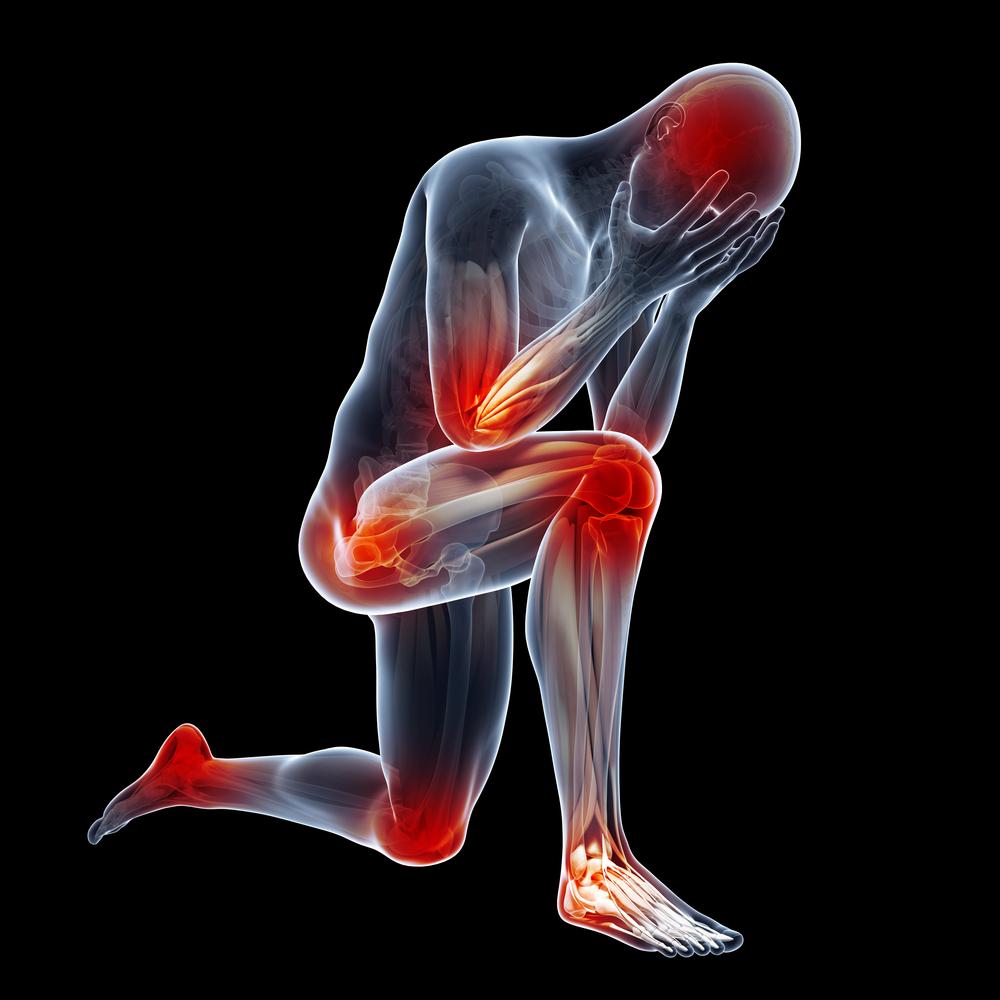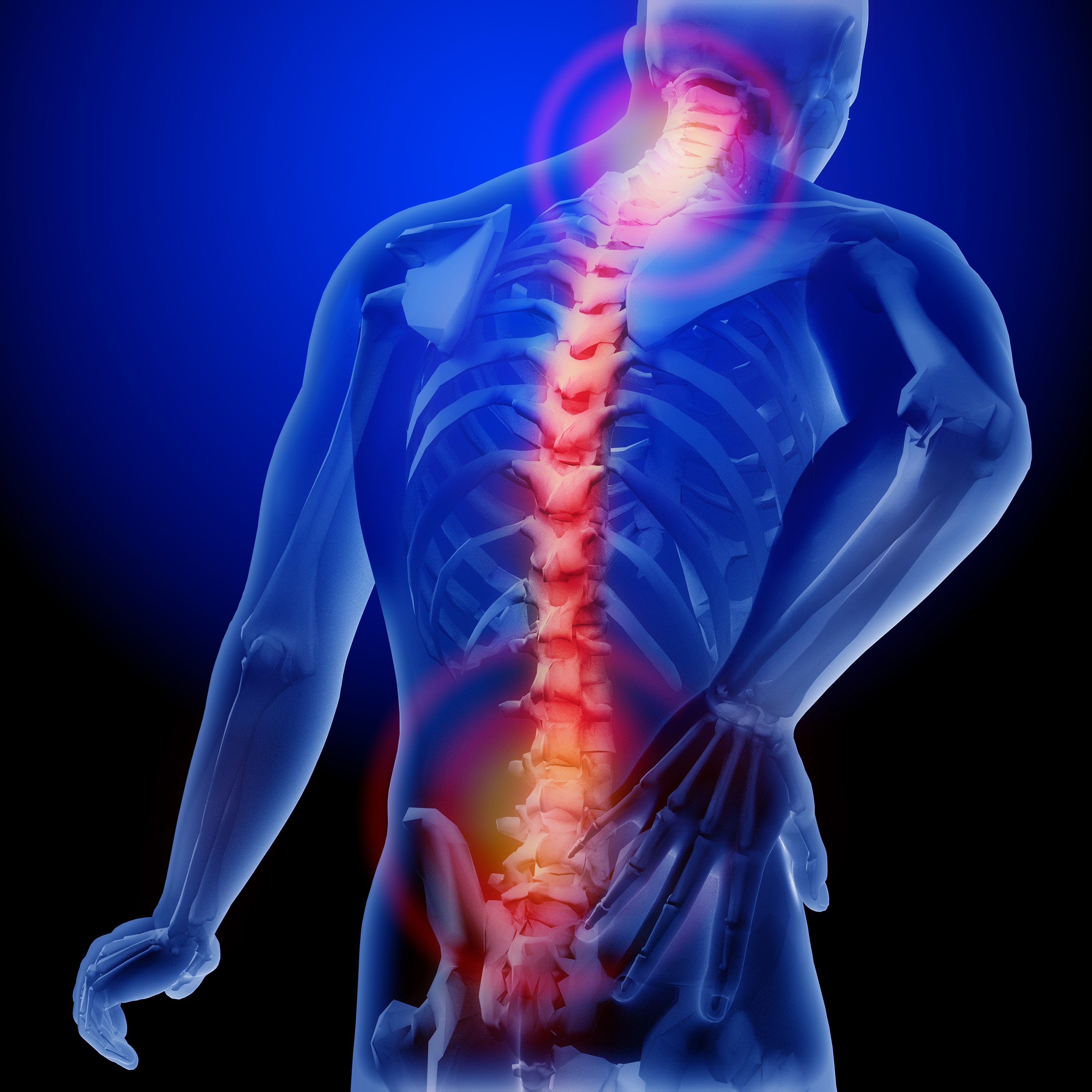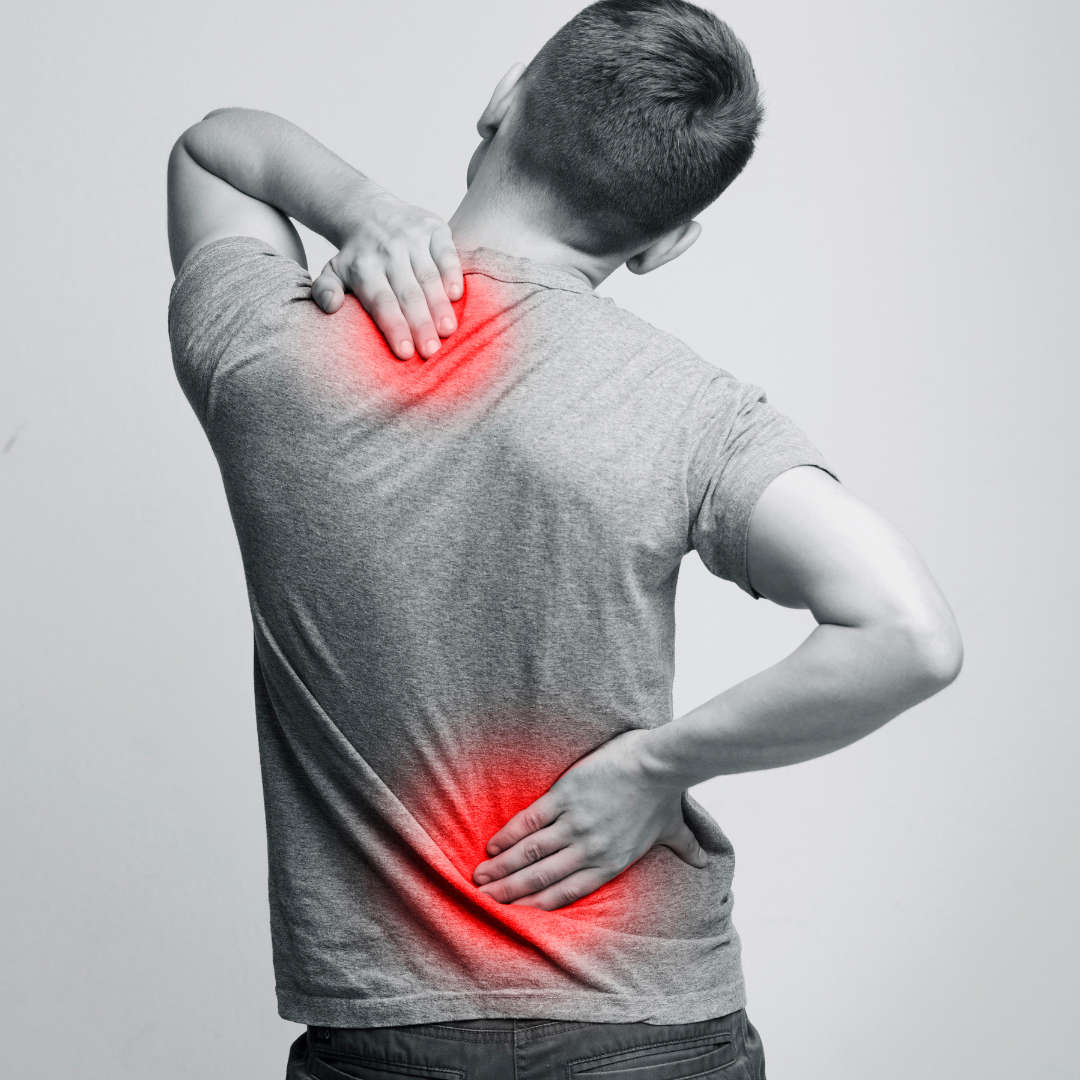When thoughts turn to the idea of something like the "pain olympics original video," it often brings to mind scenarios of intense physical experiences, perhaps pushing the very limits of what a body can endure. This kind of imagery, you know, makes us think about discomfort in its most striking forms, where sensations are pushed to an extreme edge. It's a concept that, in a way, really highlights the powerful nature of feeling hurt, making us wonder just what goes on when someone faces such deep physical challenges.
Such extreme situations, whether real or imagined, prompt us to consider the very nature of pain itself. What is it, really? How do our bodies experience it, and what purpose does it serve? The idea of a "pain olympics original video," or anything that suggests a test of enduring discomfort, leads us to think about the body's remarkable ability to feel, to react, and, in some respects, to protect itself from harm, even when faced with what seems like overwhelming sensations.
Our daily lives, too, are filled with various degrees of discomfort, from a slight ache to a more significant hurt. So, understanding the different ways our bodies respond to these feelings, and what those responses mean, can be quite helpful. It helps us make sense of not just everyday aches, but also those truly challenging moments that something like the "pain olympics original video" might bring to mind, where the experience of discomfort is, very, very pronounced.
- Why Did Phil Spector Kill Lana Clarkson
- Central Cee Wife
- Myron Gaines Net Worth
- Randy Travis
- Mick Jaggers Band
Table of Contents
- What Does Pain Really Mean?
- The Many Shades of Discomfort - Is There Just One Kind of Pain?
- Why Do We Feel Pain, Anyway?
- Moving Past the Hurt - What Helps with Discomfort?
What Does Pain Really Mean?
When we talk about "pain," it's a pretty broad word, isn't it? It covers all sorts of uncomfortable feelings in our bodies, from just a little annoying to something that really stops us in our tracks. Basically, it's that distressing sensation, often something that happens when our bodies encounter something intense or potentially damaging. You know, like when you accidentally touch something very hot, or stub your toe on a piece of furniture. It's a feeling that, in a way, gets our attention right away, telling us something needs our notice.
The folks who really study this, the international association for the study of pain, actually describe it as an unpleasant sensory and emotional experience. So, it's not just a physical thing; there's a feeling part to it, too. This means that two people could experience the same physical event, but their personal feeling of discomfort might be quite different. It's a rather personal sort of experience, unique to each individual. For example, my back might feel much more discomfort today than it did yesterday, perhaps a truly significant ache, making it hard to move around easily.
It's interesting to think about how these sensations move through us. A feeling of discomfort can, you know, shoot through an arm, or a sharp feeling might be present in the chest. These are all ways our bodies communicate what's happening. The word "pain" itself, in Japanese, can mean physical suffering, an ache in a specific spot, or even a deep mental sorrow or trouble. It also refers to the effort or hard work put into something, which is where that old saying, "No pain, no gain," comes from. That saying, you know, really speaks to the idea that sometimes, you have to put in the hard yards to get something worthwhile, whether it's building muscles or achieving a goal. It's about the effort, the work, the struggle that, in some respects, comes before the reward.
- Why Do They Call The Police 12
- Central Cee Girlfriend 2025
- Gil Gerard Net Worth
- Mary Woodson
- Tiana Brown
How Our Bodies Sense Discomfort - Thinking about the "pain olympics original video" Context
Our bodies are pretty amazing at sensing things, aren't they? They can pick up on heat, on a hard knock, or that feeling of discomfort. When we consider something that sounds as intense as the "pain olympics original video," it really makes us think about the extremes of what our bodies can feel. It's like, how much can a person truly sense before it becomes too much? This is where the body's ability to pick up on very strong signals comes into play.
A sharp feeling, for instance, might be felt in the chest, or a sudden, jabbing sensation could travel up an arm. These are all examples of our bodies picking up on something that needs attention. The term "pain" is a general way to describe these feelings, which can go from being just a little bothersome to completely overwhelming. It's all about how our nervous system gets activated. So, it's not just a simple feeling; it's a complex response involving our whole system, really.
In the context of something like the "pain olympics original video," where extreme sensations might be the focus, it's worth considering that these are often the result of very strong stimuli. Our bodies are constantly gathering information, and when that information suggests something is wrong or potentially damaging, they send out these powerful signals. It's a way the body has of saying, "Hey, something's up here, pay attention!" This sensing system is, you know, incredibly intricate, and it’s always working to keep us informed about our physical state.
The Many Shades of Discomfort - Is There Just One Kind of Pain?
You might think of discomfort as just one thing, but it actually comes in many different forms, each with its own feeling and, you know, its own story. It can be a passing feeling, something that comes and goes quickly, or it can be a feeling that sticks around for a very long time. This is where we start talking about different types of discomfort, which is, in some respects, quite important for figuring out how to deal with it.
There's what's called "acute" discomfort. This is the kind that acts as a warning system for our bodies. It's usually a sudden feeling, perhaps very strong, that tells us something is wrong right now. Think about touching a hot stove by accident; that sudden, sharp feeling is acute discomfort. It's our body's way of saying, "Pull your hand away, that's not good for you!" This kind of feeling is, basically, a protective mechanism, helping to keep us from more serious harm. It's a very immediate sort of message.
Then there's "chronic" discomfort. This is the feeling that lasts for a much longer period, usually beyond three months. This kind of feeling can be quite difficult to live with, as it's not just a quick warning; it becomes a part of daily life. It can really take a toll on a person, both physically and, you know, on their mental well-being. Understanding the basics of discomfort, including its different forms and ways to manage it, is something that many resources try to help with, like comprehensive education programs.
When Does Discomfort Stick Around? - The idea of lasting sensations, perhaps like those seen in the "pain olympics original video"
Sometimes, a feeling of discomfort doesn't just go away quickly; it lingers, becoming a more constant presence. This is what we refer to as chronic discomfort, and it's a very different experience from the short, sharp kind. When we think about something that might resemble the extreme situations implied by the "pain olympics original video," the idea of enduring a feeling for a long time becomes, you know, particularly relevant. What happens when the body's alarm system doesn't turn off?
Chronic discomfort can be quite challenging for the body. It's not just the physical feeling itself; it's also the constant strain it puts on a person's system. This prolonged feeling can, in some respects, affect sleep, energy levels, and even a person's mood. It's a feeling that can be quite misunderstood and, honestly, sometimes not treated as well as it could be. People often wonder what works best for different kinds of lasting discomfort, because, you know, it's not a one-size-fits-all situation.
The notion of something like the "pain olympics original video" might bring to mind the idea of pushing through enduring sensations. While that's a hypothetical scenario, the reality of chronic discomfort means many people are, basically, navigating long-term physical challenges every single day. Learning about these different types of feelings and the various ways people find to cope with them is, arguably, a really important part of understanding the human experience of discomfort. It's about how we deal with what our bodies are telling us, even when the message is a persistent one.
Why Do We Feel Pain, Anyway?
Have you ever stopped to think about why we feel discomfort at all? It seems like such an unpleasant thing, yet it serves a really important purpose for our bodies. Basically, the feeling of discomfort comes from our nervous system getting activated. It's a complex experience, involving both a physical reaction and, you know, an emotional response to something harmful or potentially damaging.
One of the main reasons we feel discomfort is as a warning system. Think of it as our body's way of saying, "Stop! Don't do that!" or "Something is wrong here, pay attention!" Acute discomfort, in particular, is a clear example of this. It's a mechanism that, in some respects, keeps us safe. It protects us by influencing our actions, making us pull away from danger or rest an injured part of our body. So, it's not just a random bad feeling; it's a very clever survival tool that our bodies have developed over time.
Without this warning system, we wouldn't know when we're hurting ourselves, or when something is amiss internally. We might, for example, keep putting pressure on a broken bone, making the injury much worse, or not realize we have an infection that needs attention. So, while it's certainly not a pleasant feeling, it's, you know, absolutely essential for our well-being and for staying healthy. It's a fundamental part of how our bodies interact with the world around them.
The Body's Alarm System and the "pain olympics original video" Idea
Imagine your body as a house with a very sensitive alarm system. When something goes wrong, like a window breaking, the alarm goes off. That alarm, in a way, is a feeling of discomfort. It's telling you there's a problem that needs your immediate attention. This is, basically, how our bodies protect us from danger and damage. When we consider the idea of something like the "pain olympics original video," it brings to mind scenarios where this alarm system might be going off very, very loudly, perhaps for an extended period.
The feeling of discomfort is highly individual, but its core purpose remains the same: to alert us. It stems from the activation of our nervous system, which is constantly sending signals back and forth. If you feel a sharp feeling, that's a signal. If a feeling travels through your arm, that's another signal. These signals are, you know, the body's way of communicating that something is amiss, urging us to take action or to be careful.
In the context of extreme situations, like those implied by the "pain olympics original video," the body's alarm system would be working overtime. It's a testament to the body's resilience and its deep-seated drive for self-preservation. Even in situations where discomfort is pushed to what seems like its limits, the underlying biological purpose of that feeling remains, which is, basically, to warn and to protect. It's a truly powerful and often misunderstood aspect of being human.
Moving Past the Hurt - What Helps with Discomfort?
Since discomfort is such a common part of life, it's natural to wonder what can be done to help with it. There are many ways to approach managing feelings of discomfort, and what works best can really depend on the type of feeling and what's causing it. Healthcare providers often work with people to create a plan for managing all sorts of discomfort, no matter where it comes from. It's a very personal process, you know, finding what helps best.
Some ways to help with discomfort involve taking medications, which can help lessen the feeling. Other approaches include medical procedures, which might be needed for more specific issues. Beyond these, there are many different remedies and ways to cope that people use. The field of managing discomfort is, in some respects, always looking for new ways to make things better for people experiencing it. It's about finding strategies that offer relief and improve a person's quality of life.
The feeling of discomfort is, basically, one of the most misunderstood and, honestly, sometimes ineffectively treated symptoms. This is why there's so much focus on understanding its various forms and figuring out what treatments truly work for each one. The goal is always to help people move past the hurt, or at least manage it in a way that allows them to live their lives more comfortably. It's a constant effort to improve how we deal with these very personal and often challenging sensations.
Finding Ways to Cope - Even with intense experiences like the "pain olympics original video" implies
When we consider situations that imply very intense feelings, like the concept of the "pain olympics original video," it makes us think about the ultimate challenge of coping. Even in such extreme hypothetical scenarios, the human spirit often seeks ways to endure and to find some measure of relief. For everyday discomfort, and even for very difficult, lasting feelings, there are many strategies people use to help themselves. It's about, you know, finding what brings some ease.
These strategies can range from simple things, like resting a part of the body that feels sore, to more involved approaches, such as working with a specialist to develop a comprehensive plan. The idea is to stop the feeling, or at least reduce it, so that it doesn't control one's life. Stopping a feeling, like trying to stop an argument, means actively working to lessen its impact. So, if a feeling is running through your arm, the goal is to stop that sensation from being so overwhelming.
Learning about the fundamentals of discomfort, including its various forms and how to manage them, is a very important step for anyone. Resources like comprehensive education programs can provide valuable information on these topics. It's all about equipping people with the knowledge and tools they need to deal with discomfort, whether it's a minor ache or a truly significant, lasting feeling. The aim is always to help people live better, even when faced with challenging sensations that, in some respects, test the limits of endurance.
Related Resources:



Detail Author:
- Name : Prof. Tremayne Bailey DVM
- Username : steuber.cathrine
- Email : alexandra84@conroy.com
- Birthdate : 2001-08-24
- Address : 1812 Daron Point Apt. 633 Calliechester, CT 26917-6934
- Phone : 1-571-605-3676
- Company : Tremblay, Lang and O'Connell
- Job : Industrial Equipment Maintenance
- Bio : Quos cumque suscipit ipsum eius adipisci totam laborum. Dolorum veritatis aut quia autem facilis rem labore. Vel expedita voluptas vel ut a quia.
Socials
linkedin:
- url : https://linkedin.com/in/camylle.turner
- username : camylle.turner
- bio : Magni est voluptatem ratione iure.
- followers : 3488
- following : 2351
twitter:
- url : https://twitter.com/camylle_official
- username : camylle_official
- bio : Aut excepturi qui eum eos. Molestias nemo aspernatur porro harum. Molestiae ipsa ut nulla enim nam. Vero ab nam quis voluptatem.
- followers : 4736
- following : 1121
tiktok:
- url : https://tiktok.com/@camylleturner
- username : camylleturner
- bio : Et nulla dicta dolores cum. Vel consequatur architecto nemo voluptas quasi.
- followers : 6214
- following : 2735